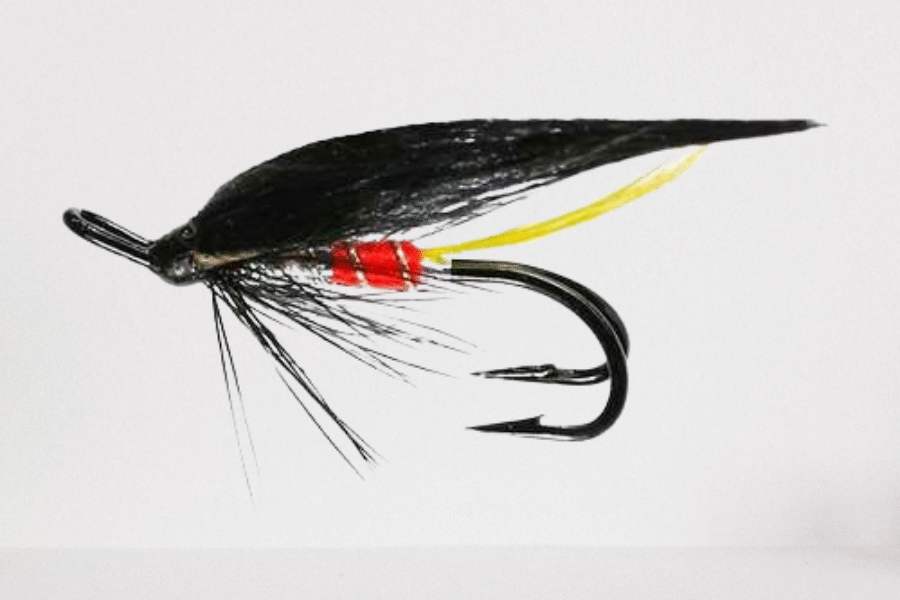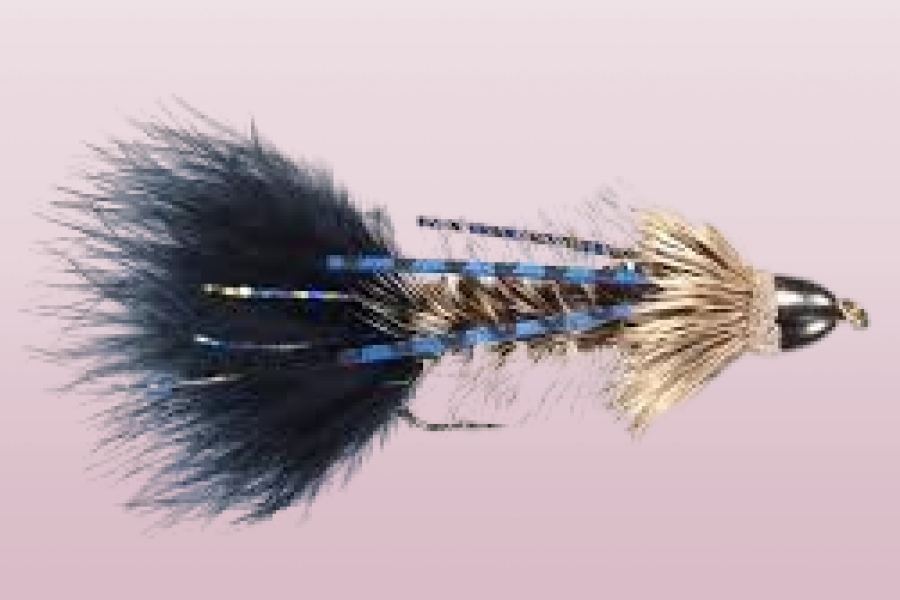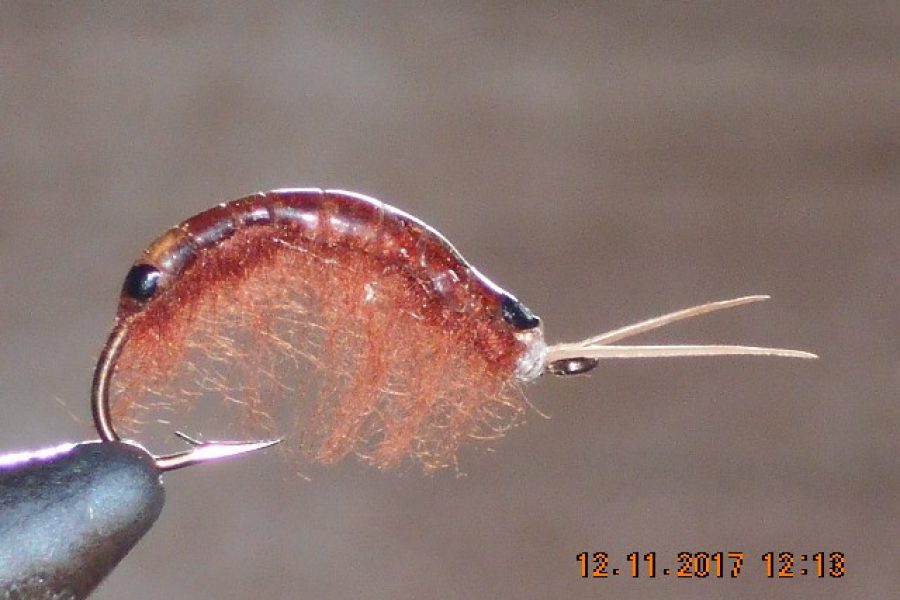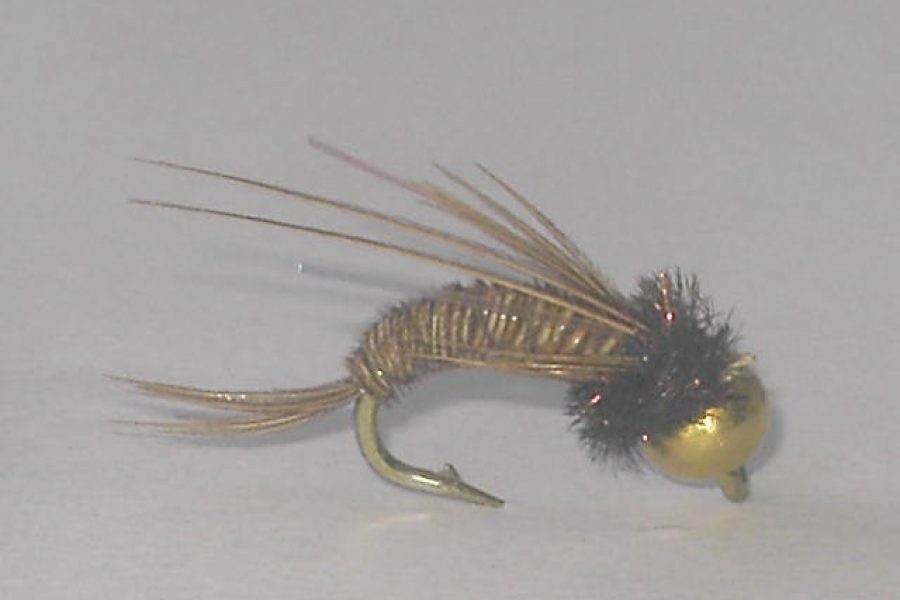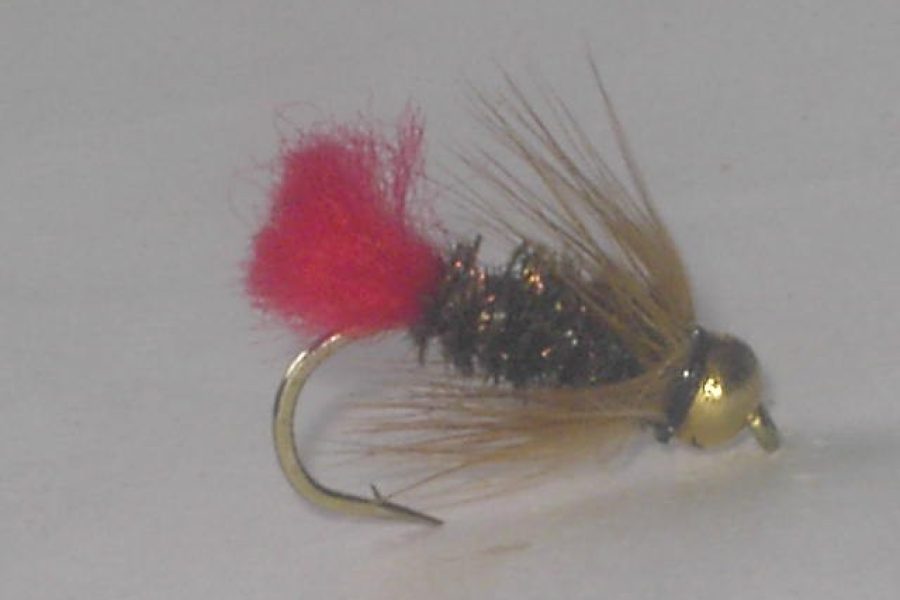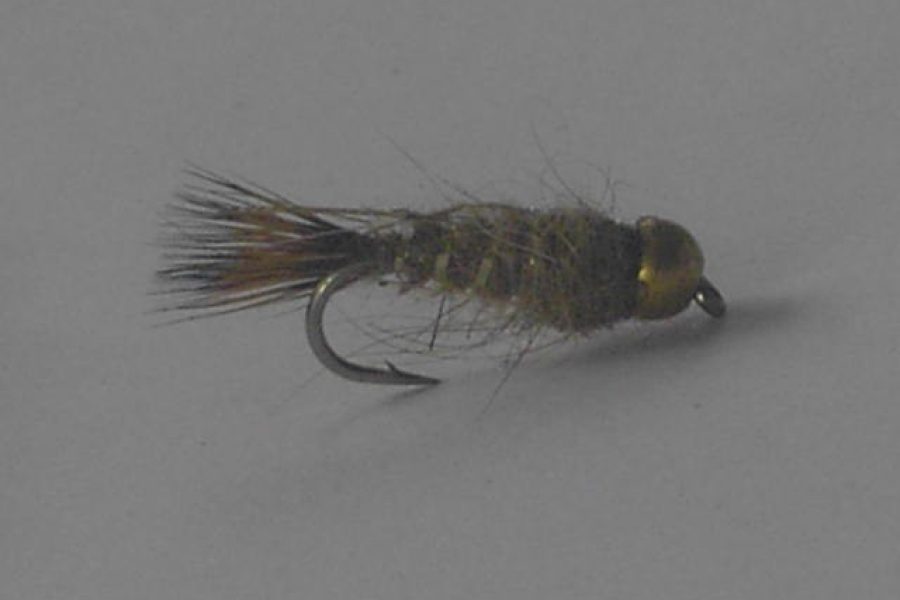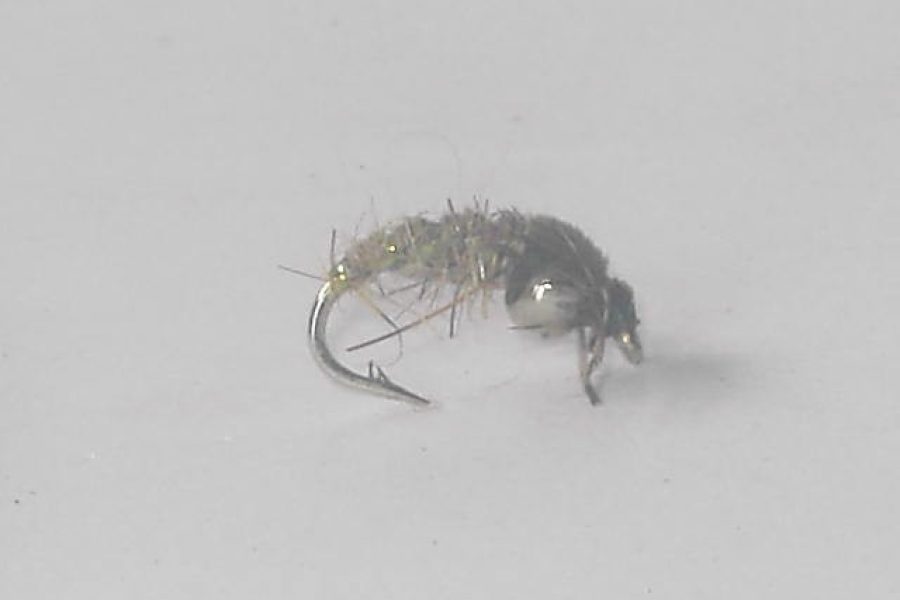Description
Historical Significance and Pattern Evolution
The split Back BWO nymph fly (Blue Winged Olive) represents a crucial pattern in the fly fisher’s arsenal, designed to imitate the nymphal stage of Baetis mayflies. This pattern has evolved from traditional BWO imitations to incorporate modern materials and tying techniques, with the black variant specifically designed to match the darkening wing case of BWO nymphs just prior to emergence. Originally developed for technical spring creek and tailwater fishing, this pattern has become essential during BWO hatches, which occur throughout the season but are particularly important during overcast conditions and winter months.
Premium Materials and Construction Details
Essential Materials List:
- Hook: Fine wire nymph hook (sizes 16-20)
- Thread: Black 8/0
- Tail: Dark brown microfibbets
- Body: Olive or dark olive dubbing
- Wing Case: Black synthetic material
- Thorax: Darker olive dubbing
- Rib: Fine copper or black wire
- Head: Thread with clear finish
- Optional: Small tungsten bead
- Optional: UV resin coating
Material Selection Considerations:
- Hook size matches natural insects
- Thread strength crucial for durability
- Tail materials must be stiff
- Body dubbing creates proper profile
- Wing case provides contrast
- Thorax adds bulk
- Rib adds segmentation
- Head finish protects materials
- Material preparation affects profile
- Storage conditions preserve materials
Detailed Tying Instructions
Preparation Steps:
- Select appropriate hook size
- Choose quality materials
- Prepare tail fibers
- Select dubbing
- Organize workspace
- Check tools
- Plan proportions
- Review pattern
- Test thread strength
- Prepare dubbing
Step-by-Step Tying Sequence:
- Start thread behind eye
- Create uniform thread base
- Tie in tail fibers
- Add ribbing wire
- Form tapered body
- Build thorax
- Add wing case
- Counter-rib wire
- Form neat head
- Whip finish
- Apply head cement
- Check proportions
Advanced Fishing Techniques
Presentation Methods:
- Dead drift nymphing
- Short-line nymphing
- Indicator nymphing
- Deep presentation
- Film zone tactics
- Current seam fishing
- Structure approaches
- Pattern combinations
- Multiple fly rigs
- Suspension techniques
Water Reading Skills:
- Identify feeding lanes
- Recognize current breaks
- Spot productive runs
- Detect subsurface activity
- Read water clarity
- Locate prime lies
- Find transition zones
- Identify temperature breaks
- Track fish movement
- Monitor insect activity
Seasonal Strategies
Winter/Early Spring Tactics:
- Focus on overcast days
- Target slow water
- Match natural movement
- Adjust depth
- Monitor temperatures
- Watch for activity
- Follow fish movement
- Time presentations
- Adapt to conditions
- Match natural drift
Summer Applications:
- Early morning fishing
- Late evening sessions
- Target productive runs
- Focus on riffles
- Match daily patterns
- Observe feeding windows
- Adjust to conditions
- Monitor water levels
- Watch temperatures
- Time presentations
Fall Approaches:
- Match autumn hatches
- Target feeding fish
- Adjust presentation depth
- Watch water conditions
- Monitor temperatures
- Follow movement patterns
- Adapt to weather
- Time efforts effectively
- Match natural drift
- Adjust techniques
Technical Rigging Considerations
Leader Construction:
- Long, fine tippets
- Quality fluorocarbon
- Proper diameter selection
- Breaking strength considerations
- Length adjustments
- Material choices
- Knot selection
- Visibility factors
- Sink rate control
- Setup variations
Terminal Tackle:
- Direct connection methods
- Dropper setups
- Leader construction
- Line control
- Strike detection
- Depth adjustment
- Pattern spacing
- Drift control
- Presentation angles
- Setup modifications
Habitat-Specific Tactics
Water Types:
- Spring creeks
- Tailwaters
- Freestone streams
- Small brooks
- Large rivers
- Mixed waters
- Clear streams
- Pocket water
- Riffles
- Pools
Specific Locations:
- Feeding lanes
- Current seams
- Structure edges
- Bank water
- Mid-stream
- Transitions
- Drop-offs
- Shallow flats
- Deep runs
- Protected areas
Advanced Presentation Methods
Traditional Techniques:
- Upstream nymphing
- Downstream presentation
- Cross-current drift
- Deep presentation
- Film presentation
- Structure approach
- Bank presentation
- Depth control
- Speed control
- Pattern selection
Modern Adaptations:
- Euro nymphing
- Indicator methods
- Multiple fly rigs
- Edge water tactics
- Structure approaches
- Pattern combinations
- Presentation modifications
- Depth control
- Speed variations
- Drift management
Pattern Variations
Size Considerations:
- Match natural insects
- Consider water type
- Adapt to pressure
- Account for clarity
- Follow seasonal trends
- Consider fish size
- Match preferences
- Adapt to conditions
- Consider speed
- Match forage base
Style Variations:
- Traditional dubbed body
- Beadhead version
- UV enhanced
- Flash wing case
- No-flash variant
- Thorax variations
- Body material options
- Color variations
- Size variations
- Seasonal patterns
The Black BWO Nymph represents the perfect fusion of traditional design and modern innovation. Its carefully selected materials and precise construction ensure consistent performance across various fishing conditions. Whether targeting selective trout during specific hatches or searching for opportunistic feeders, this pattern provides the perfect tool for successful nymph fishing throughout the season.

